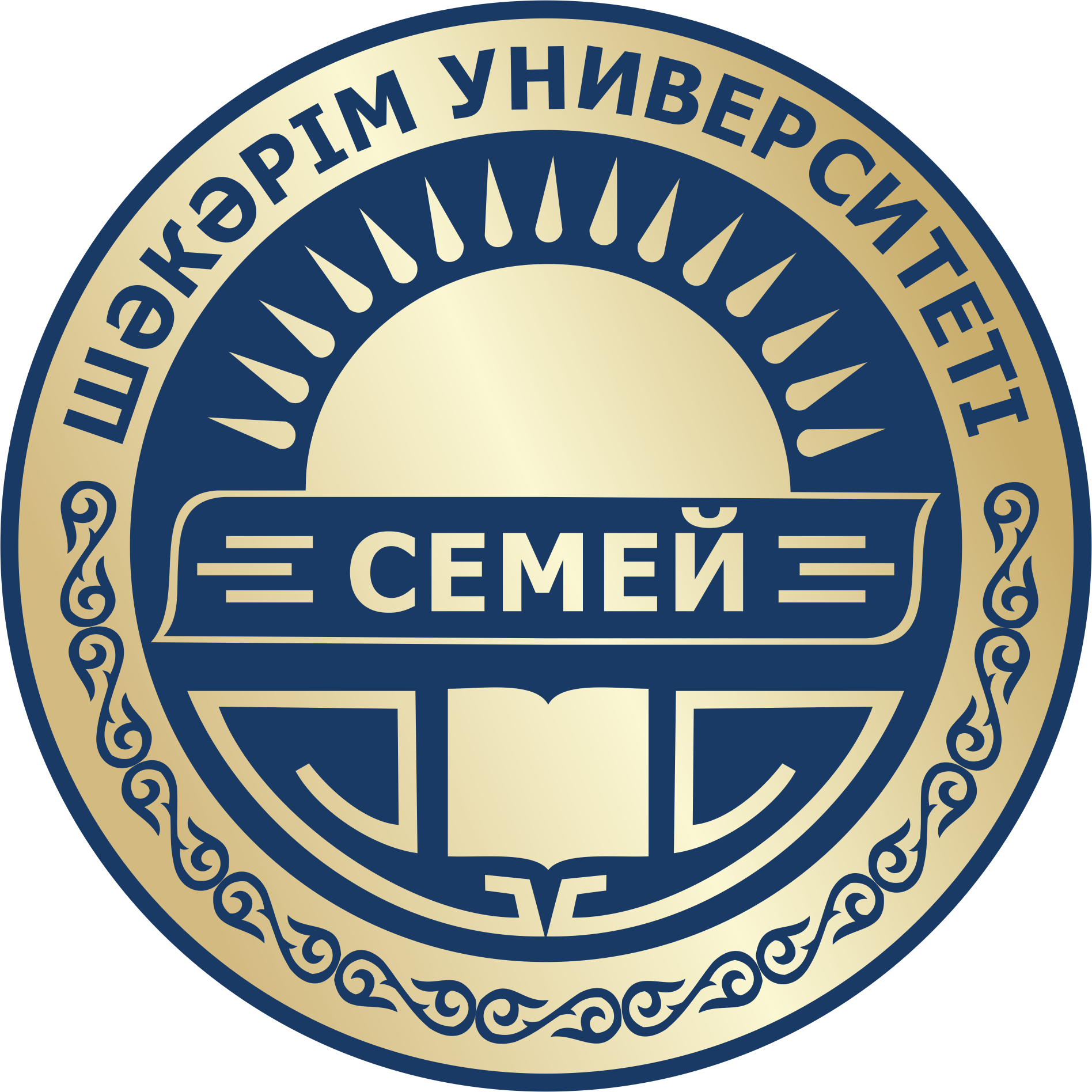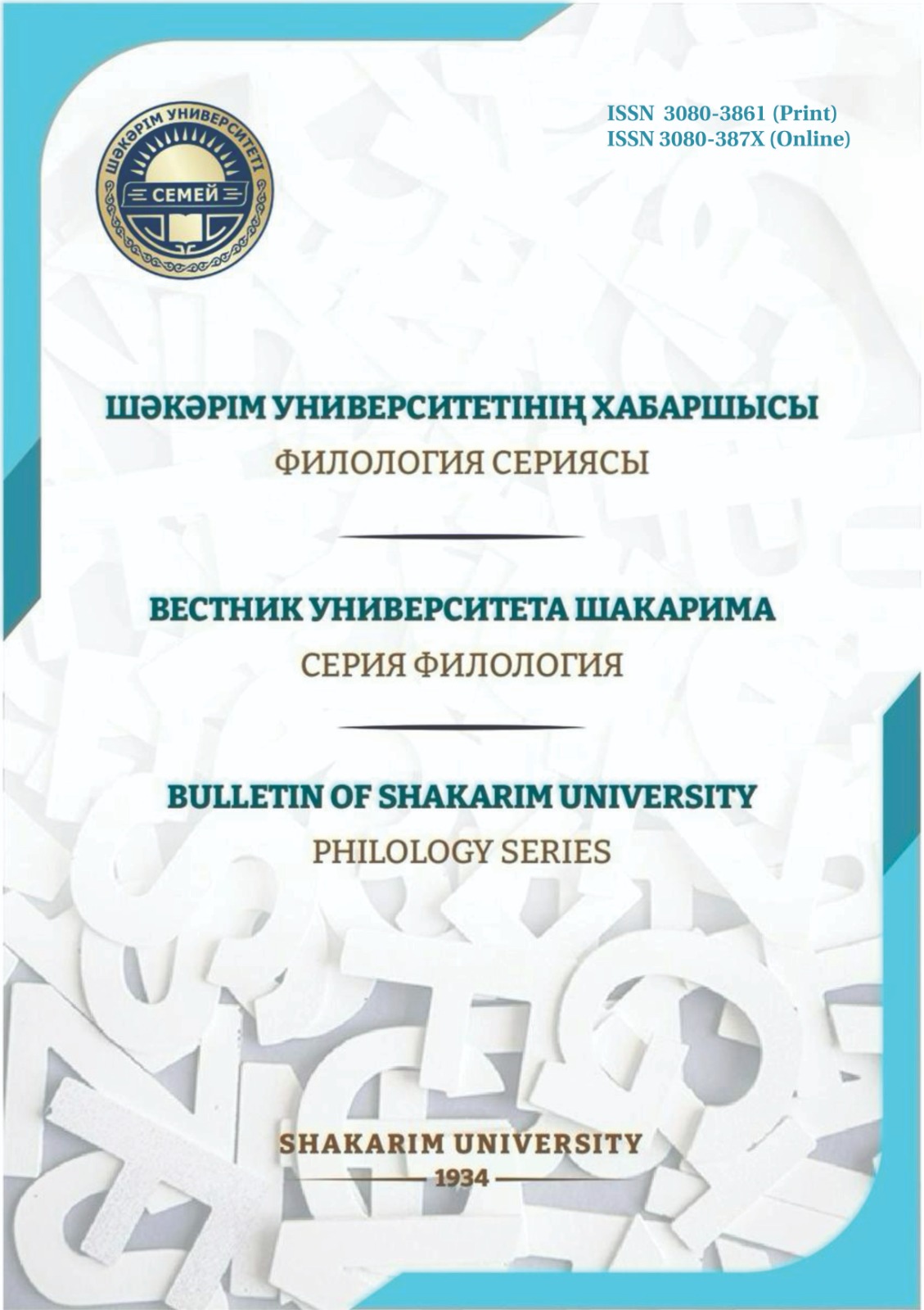Л. УЛИЦКАЯНЫҢ «БҰХАРАНЫҢ ҚЫЗЫ» ӘҢГІМЕСІНДЕГІ ОТБАСЫ МЕН ОТБАСЫЛЫҚ ҚАҚТЫҒЫС МОДЕЛІНЕ КОГНИТИВТІ ТАЛДАУ
Кілт сөздер:
Людмила Улицкая, отбасы моделі, отбасылық қақтығыс, когнитивті тәсіл, ұлттық бірегейлік, әлеуметтік контекст, әдеби талдау, әйелдің рөлі, көркем мәтін.Аңдатпа
Мақалада Л. Улицкаяның «Бұхараның қызы» әңгімесіндегі отбасы мен отбасылық қақтығыс моделі қарастырылады. Автор басты кейіпкерлер арасындағы қақтығыс арқылы отбасы қатынастарының негізгі аспектілерін талдап, бұл қақтығыстардың мәдени, әлеуметтік және гендерлік ерекшеліктерді қалай көрсететінін зерттейді. Когнитивті тәсілді қолдану арқылы оқырмандарда менталдық модельдердің қалыптасу механизмдерін ашып, әдеби мәтіннің дәстүрлі отбасы рөлдері мен қатынастарын қалай қабылдауға әсер ететінін зерттейді. Басты назар мүгедектік, жауапкершілік, сүйіспеншілік және қабылдау тақырыбына, сондай-ақ жеке тілектер мен әлеуметтік үміттердің тоғысында туындайтын қақтығыстарға бағытталған.
Қосымша файлдар
Жарияланды
Журналдың саны
Бөлім
Лицензия
Авторлық құқық (c) 2025 Журналдың редакциясы Қазақстан Республикасының авторлық құқық туралы заңын және тиісті халықаралық шарттарды басшылыққа алады. Авторлар өздерінің авторлық құқықтарын сақтайды және «Шәкәрім университетінің хабаршысы. «Тарих ғылымдары сериясы» журналына қолжазбаның алғашқы жариялану құқығығын береді. Автор журналға тиісті сілтеме жасаған жағдайда материалды кез келген тасымалдағышта және кез келген форматта көшіруге және таратуға құқылы. Оқырмандар мен пайдаланушылар жұмыстың авторы көрсетілген және осы журналға сілтеме берілген жағдайда материалды еркін көшіріп, тарата және қолдана алады. Авторлық құқық мақала жазуға елеулі үлес қосқан әрбір бірлескен автордың адалдығы мен жауапкершілігін білдіреді. Автор журналдың веб-сайтына тиісті сілтемені көрсеткен жағдайда өз басылымдарын институционалды немесе басқа қоймаларда сақтауға құқылы.

Бұл жұмыс Creative Commons Attribution-Коммерциялық емес 4.0 халықаралық лицензиясы.
Авторлық құқық мақала жазуға елеулі үлес қосқан әрбір бірлескен автордың адалдығы мен жауапкершілігін білдіреді.
Автор журналдың веб-сайтына тиісті сілтемені көрсеткен жағдайда өз басылымдарын институционалды немесе басқа қоймаларда сақтауға құқылы.

